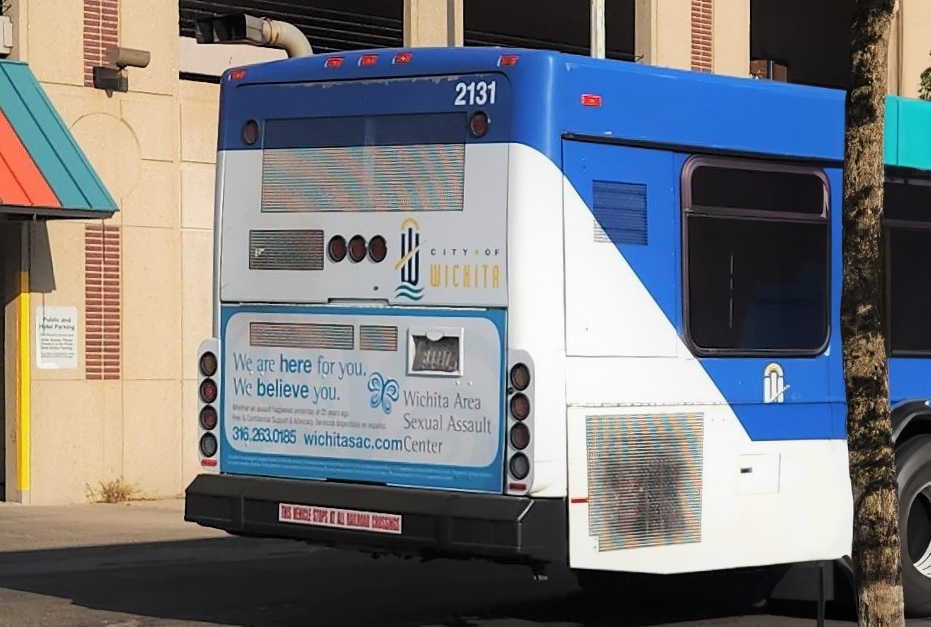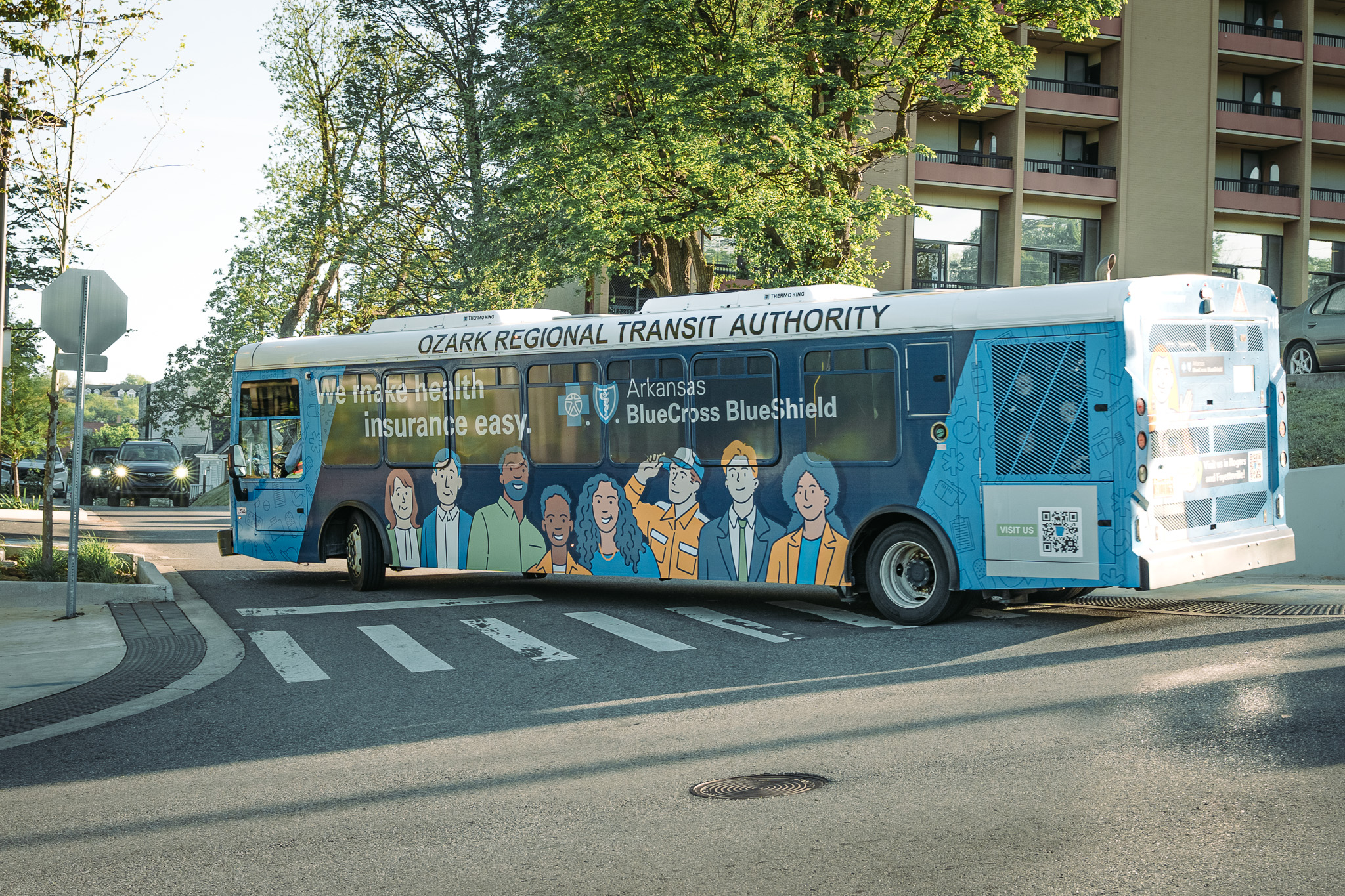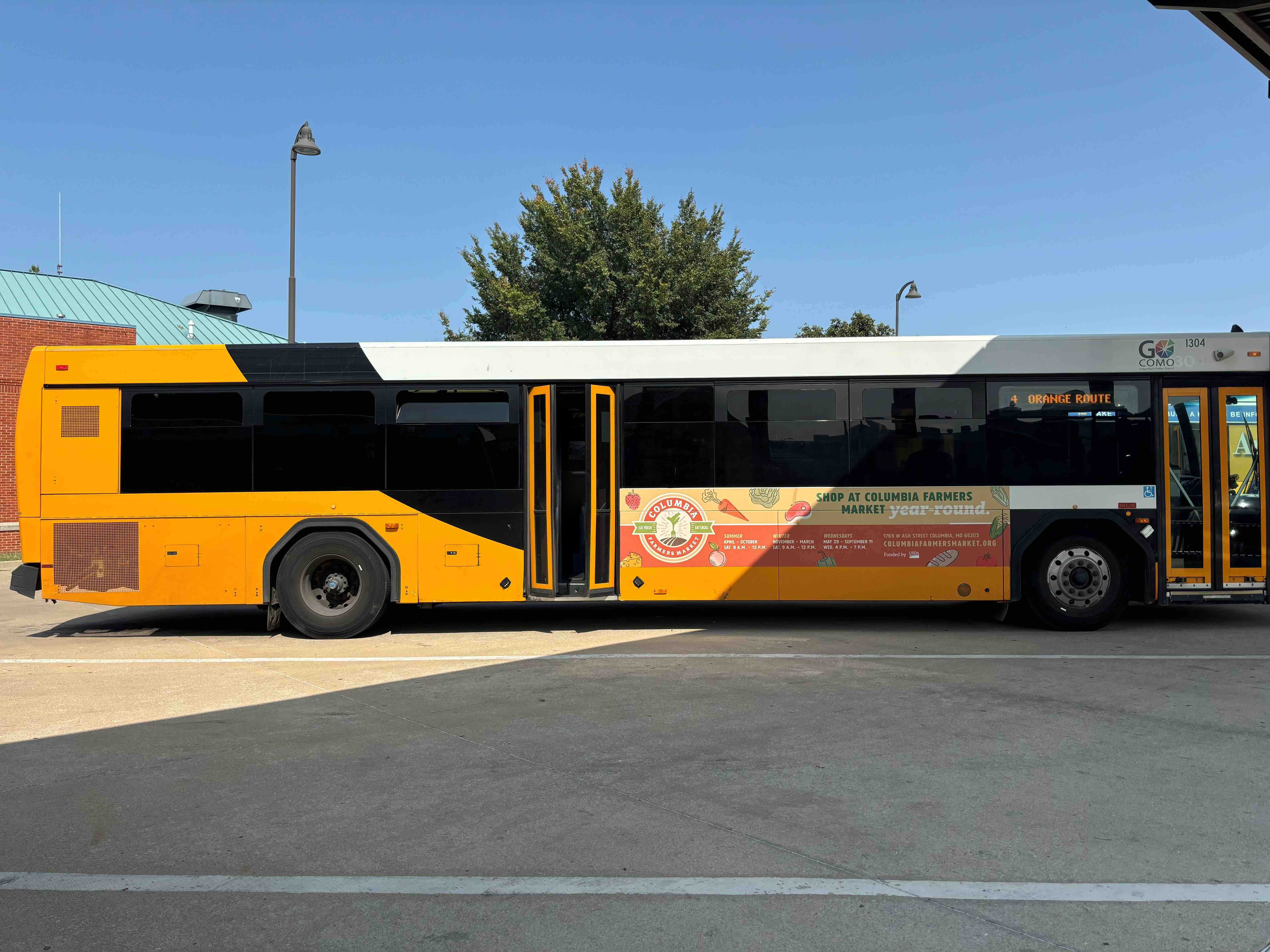April 29, 2024
DRIVING IMPACT: Transit Advertising Success Stories That Make a Difference
In the fast-paced world of advertising, one medium has stood the test of time for its ability to make a meaningful impact: transit advertising. Transit ads have a unique power to captivate audiences and drive action. But beyond the flashy graphics and catchy slogans lies a deeper narrative—a story of success, told by those who have experienced its transformative effects firsthand.
“We love doing bus ads! As long as we can continue the funding for advertising, we will always ask for bus ads because you all are so great to work with.” These words, spoken by Mary from the Wichita Sexual Assault Center, encapsulate the sentiment shared by many organizations that have turned to transit advertising to amplify their message and reach those in need. But it is not just about the collaboration; it is about the lives touched and the impact felt.
Mary’s testimonial goes beyond mere satisfaction with the process—it speaks to the tangible results that transit advertising can deliver. “We have heard several times from people calling the hotline ‘I was stopped at a red light behind a bus with your ad…and I just thought it was the right time to call and get help.'” This powerful statement underscores the serendipitous nature of transit advertising—the ability to reach individuals in moments of need, when they are most receptive to seeking support.
However, Mary’s narrative represents just one instance among many. Throughout various communities and for numerous causes, transit advertising has consistently proven itself as a potent instrument for raising awareness, encouraging engagement, and inspiring action. It acts as a conduit through which important messages can permeate urban environments, reaching people in their daily lives, workplaces, and commutes. Whether it’s campaigns combating social stigma or initiatives promoting public health, transit advertising has emerged as a powerful force for effecting meaningful change.
Breaking the Silence: The Wichita Sexual Assault Center launches a transit advertising campaign aimed at breaking the stigma surrounding sexual assault and encouraging survivors to seek help. With poignant messaging and hotline information displayed prominently on buses throughout the city, they received calls from individuals who were inspired to reach out after seeing the ads during their daily commute.
Empowering Communities: A local advocacy group for mental health awareness partners with transit authorities to display uplifting messages and resources on trains and buses. Through their transit advertising campaign, they not only spark conversations about mental health but also connect individuals with vital support services, fostering a sense of community and empowerment.
Promoting Safety: A city implements a transit advertising initiative to raise awareness about pedestrian safety and responsible driving habits. By strategically placing educational messages on buses and bus shelters, they see a measurable reduction in accidents and an increase in compliance with traffic laws, making the streets safer for everyone.
As Mary’s experience with the Wichita Sexual Assault Center illustrates, transit advertising is more than just a marketing tactic—it is a catalyst for change, a beacon of hope, and a lifeline for those seeking assistance. So, the next time you find yourself stopped at a red light behind a bus adorned with a powerful message, remember it is not just a coincidence—it is a reminder of the profound impact of transit advertising in driving positive outcomes for individuals and communities alike.



